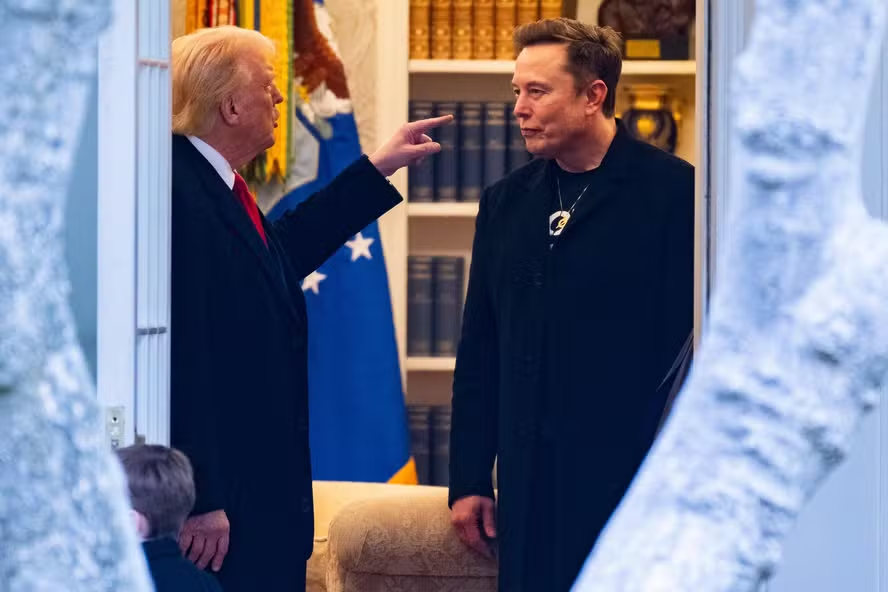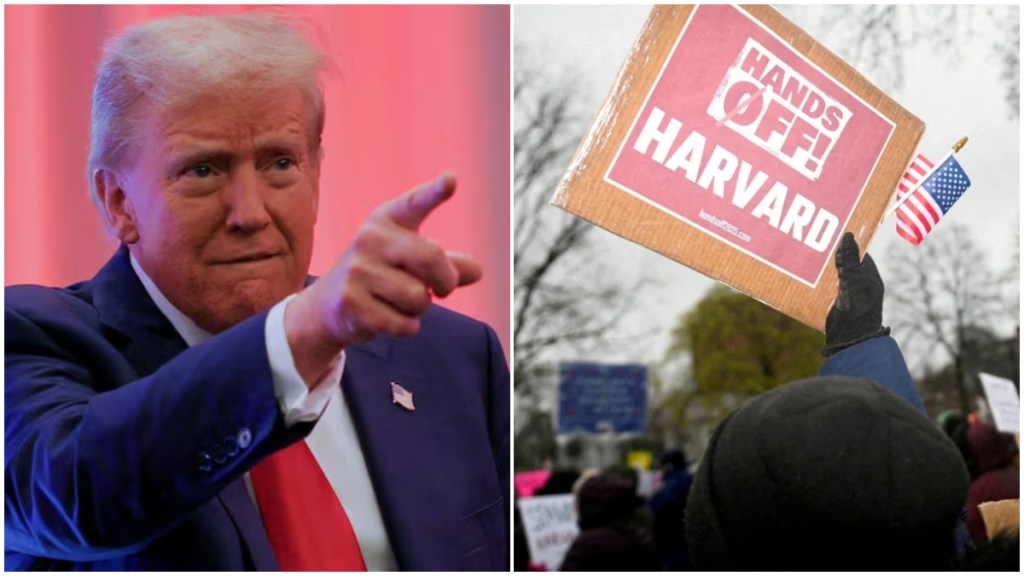THE CLASSICAL VIEW OF GEOPOLITICS
At the end of the Second World War, career diplomat George Kennan helped shape the geostrategic thinking of the United States, which in turn would shape the Cold War to come. The so-called Containment Theory drew directly from an interpretation of the duality between the classic theories of geopolitics: Mackinder’s Heartland, which suggested that whoever controlled the Heartland would control the “World Island” (Eurasia and Africa) and, consequently, the world; and Spykman’s Rimland, which argued that controlling the Rimland was essential to dominating world politics, as this area served as a buffer zone between continental and maritime powers.
For Kennan, the US needed to adopt a confrontational stance, which led to a series of consequences under the Truman Doctrine – from the Soviet response with the creation of the Warsaw Pact to various military interventions and proxy wars around the globe.
Why does this matter?
Even after the end of the Cold War in 1991, NATO continued to expand, despite Kennan’s own warnings, reflecting a new reconfiguration of the international system. Today, with the Ukrainian War, the confrontation between expanding Russian influence and Western containment is intensifying.
FRIENDSHIP AMONG THE NATIONS – PUTIN’S VISIT TO PYONGYANG

On 18 June this year, Russian President Vladimir Putin arrived in the Democratic People’s Republic of Korea (DPRK) – also commonly referred to as North Korea – to sign a mutual aid agreement with Supreme Leader and Marshal Kim Jong Un, which encompasses not only the civilian sectors, such as aid for environmental disasters, but also includes military aid.
The mutual aid agreement between Russia and the can be interpreted as a response to the US geopolitical siege. People’s Korea’s own history, which includes invasion and colonisation by Japan, means that its policy is geared above all towards survival through security. If, on the one hand, the People’s Republic of Korea’s nuclear weapons are viewed with great fear by the international system, and especially by the surrounding countries, on the other hand, the US military bases in South Korea, Japan and Guam do not inspire mutual trust either.
As George Kennan already emphasised,
“The Russians are unimpressed with American assurances that this does not reflect hostile intent. They would see their prestige (always higher in the Russian mind) and their security interests as adversely affected. They would, of course, have no choice but to accept the expansion as a military fait accompli. But they would continue to see it as a rejection of the West and would probably look elsewhere for guarantees of a secure and hopeful future for themselves.”
Nevertheless, George Kennan reiterated in 1997 that the Russians still had the mentality of better understanding the nuances of international relations through force. In other words, what he called “the use of logic” or mere words were not enough to guarantee non-intervention. In the same way, the North Koreans can follow this perspective when they realise they are cornered on the strategic chessboard. As People’s Korea’s own media reported, during Putin’s visit to Pyongyang, he emphasised that the main reason for the escalation of tensions on the Korean peninsula is the US policy of confrontation, which is increasing and intensifying military exercises with the involvement of countries hostile to the DPRK, including the Republic of Korea and Japan, and stressed that Russia will never tolerate the attempt to shift the blame for the worsening situation onto the DPRK.

Therefore, the strategic partnership treaty provides for a guarantee of mutual support if one of the treaty’s signatories is invaded, Putin said, adding that the Russian Federation would not rule out military technical co-operation with the DPRK under the terms of the treaty.
Thus, the mutual aid agreement between Russia and North Korea, signed on 19 June this year, comes at a time of growing global tensions. Russia, facing Western sanctions due to the conflict in Ukraine, is looking for new strategic partners to mitigate the economic and political impacts. North Korea, isolated by its nuclear activities, sees Russia as an ally capable of providing the resources and protection it needs to survive and challenge the established international order.
This agreement could lead to increasing militarisation in the region, with neighbouring countries increasing their arsenals in response to the DPRK’s new capabilities. While in response to the strengthening of the Russia-DPRK alliance, it is possible that new forms of regional co-operation will emerge. One example is the defence agreement – officially the Reciprocal Access Agreement (RAA) – between Japan and the Philippines, which in practice also enables the two countries to send troops to both territories.
For its part, China, despite being the DPRK’s main ally, may view Russia’s growing influence in the region with ambivalence. On the one hand, China may support any endeavour that strengthens the People’s Republic of Korea and challenges US hegemony in Asia. On the other hand, Beijing may worry about Russia becoming a direct competitor for influence over Pyongyang. This could lead to adjustments in Chinese foreign policy, with China seeking to reassert its dominant position over the DPRK and closely monitoring Russian activities in the region.
The mutual aid agreement between Russia and the DPRK represents a significant development in regional and global geopolitics. While classical theories can still help, if not to better understand the motivations, then to think about the possible implications for the balance of power in Asia and the world.
Thus, by strengthening its alliance with the People’s Republic of Korea, Russia is seeking to expand its influence in the Heartland and the Rimland, projecting naval power in the Western Pacific and challenging American containment. The People’s Republic of Korea, in turn, gains a powerful ally capable of providing the resources and protection it needs to resist international pressure and challenge regional adversaries, no longer placing itself as a country shrouded in isolation.
The reactions of the United States and its allies, including the intensification of containment and the strengthening of regional alliances, will largely determine the stability of East Asia in the coming years. As power dynamics continue to evolve, it will be crucial for regional and global leaders to navigate these complex interactions and mitigate the risks of escalating conflicts and tensions.
REFERÊNCIAS
https://nsarchive.gwu.edu/document/21042-long-telegram-original
https://www.nytimes.com/1997/02/05/opinion/a-fateful-error.html



